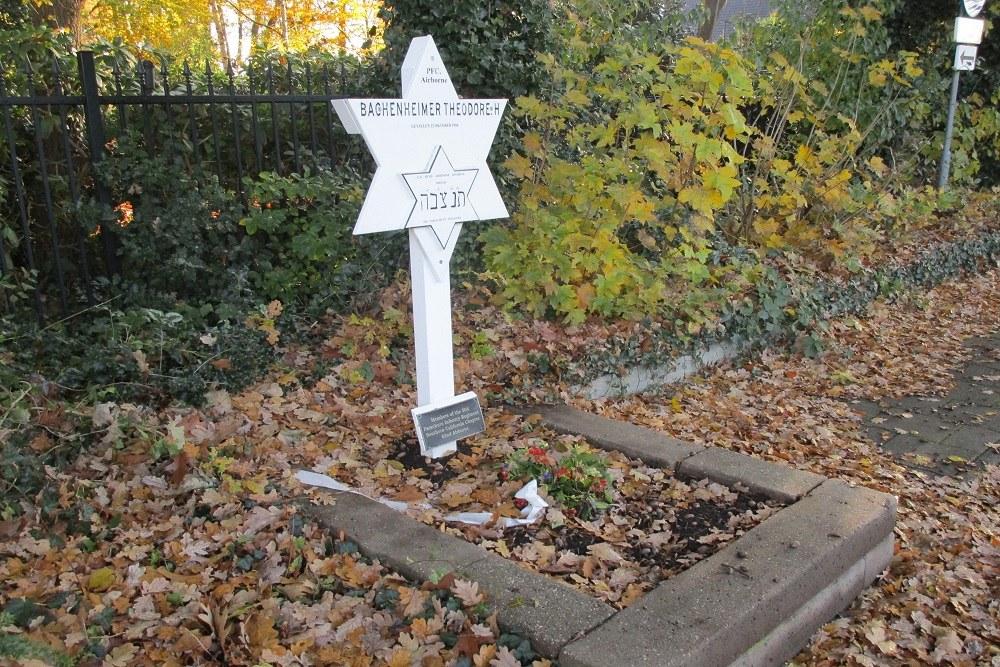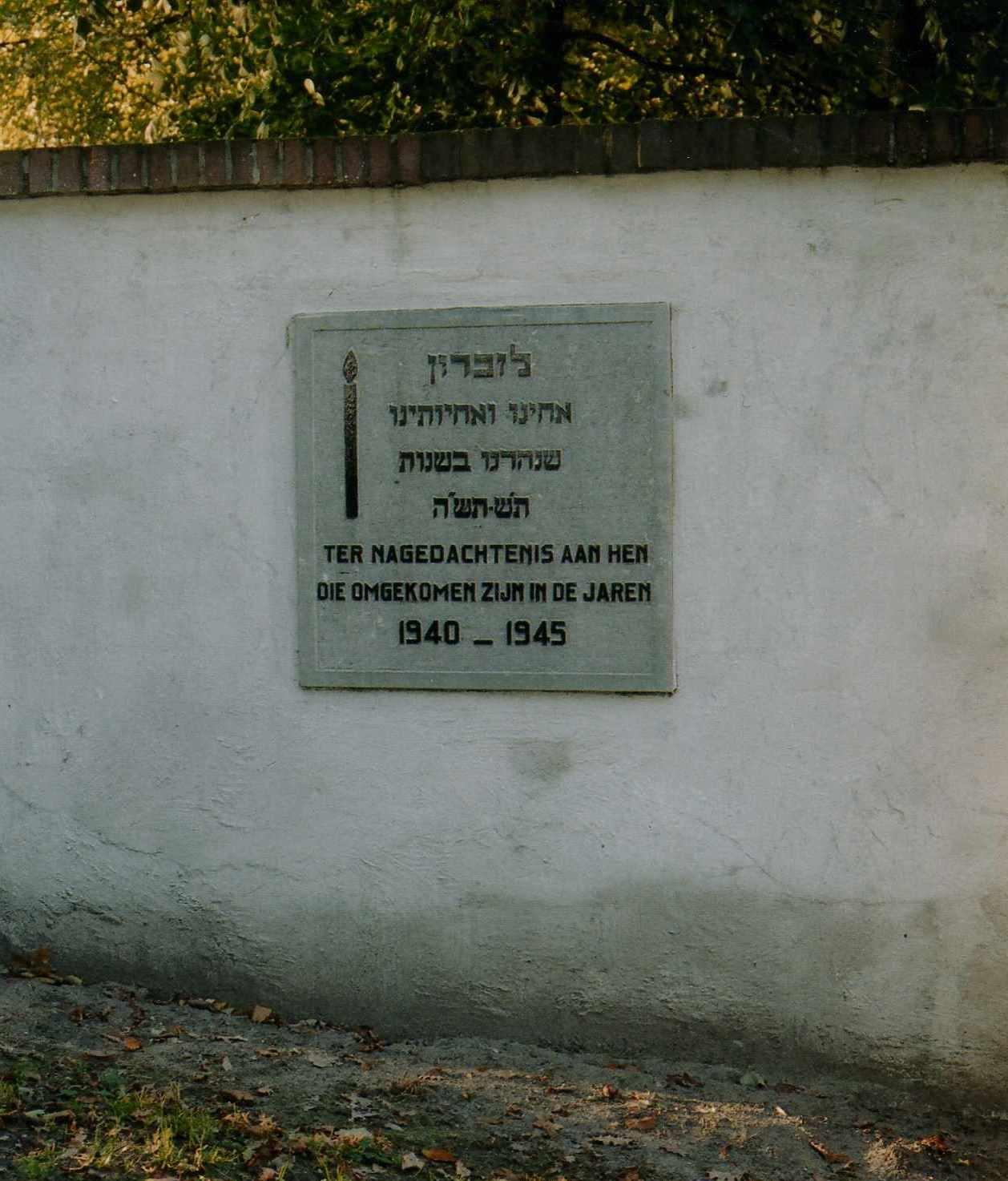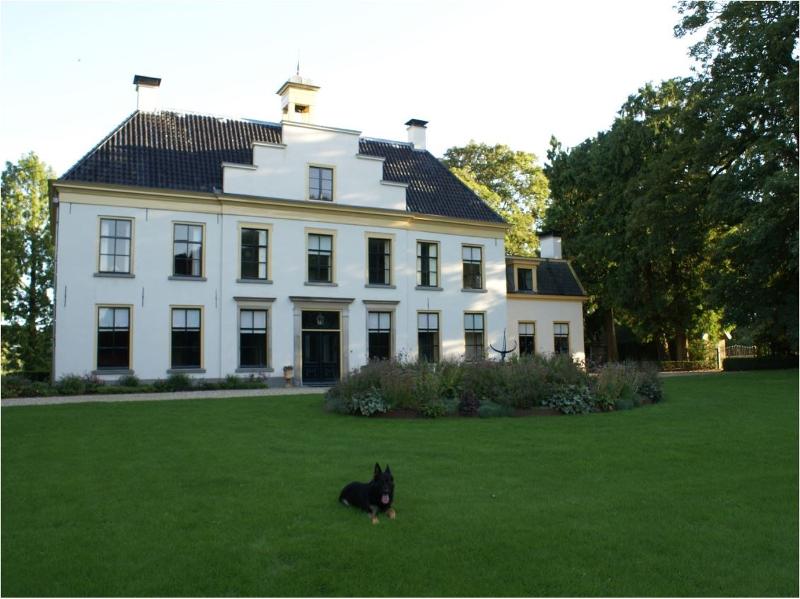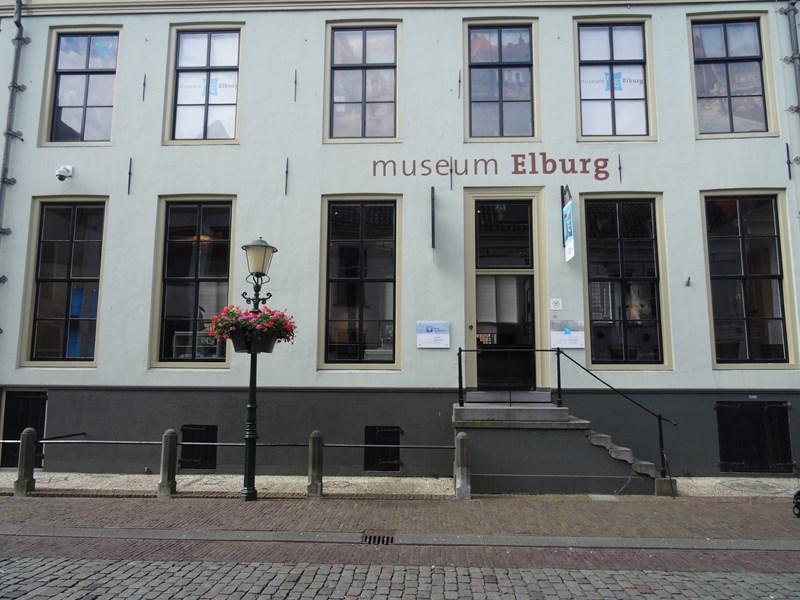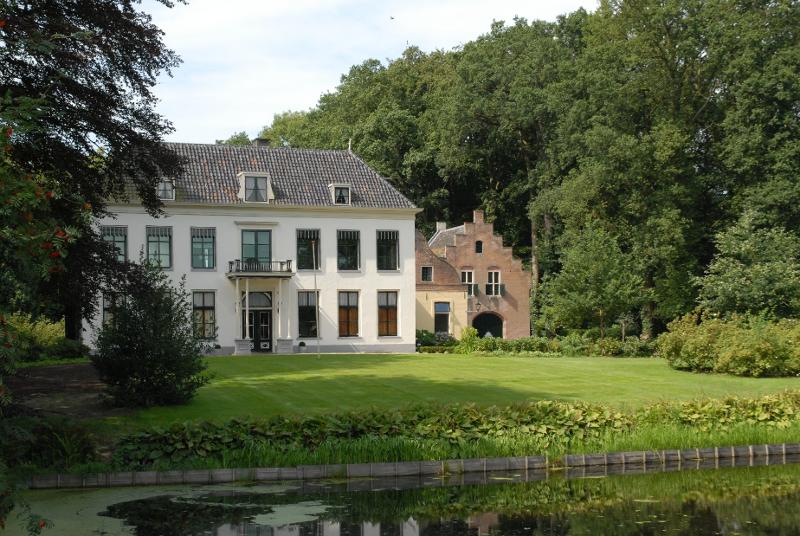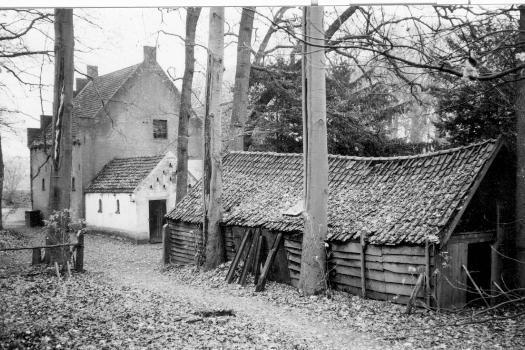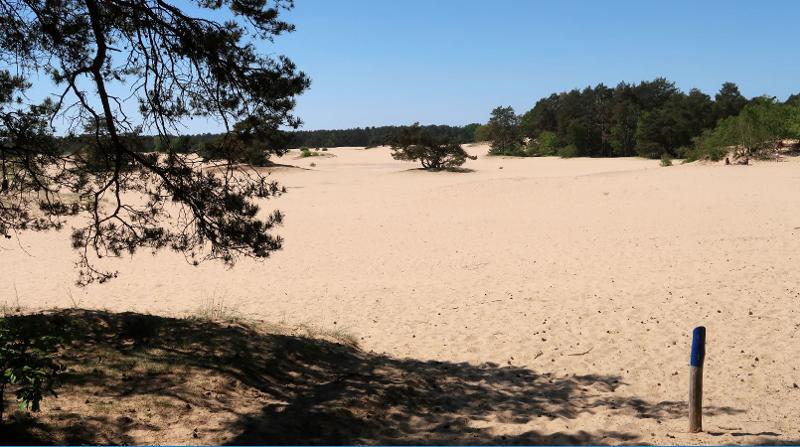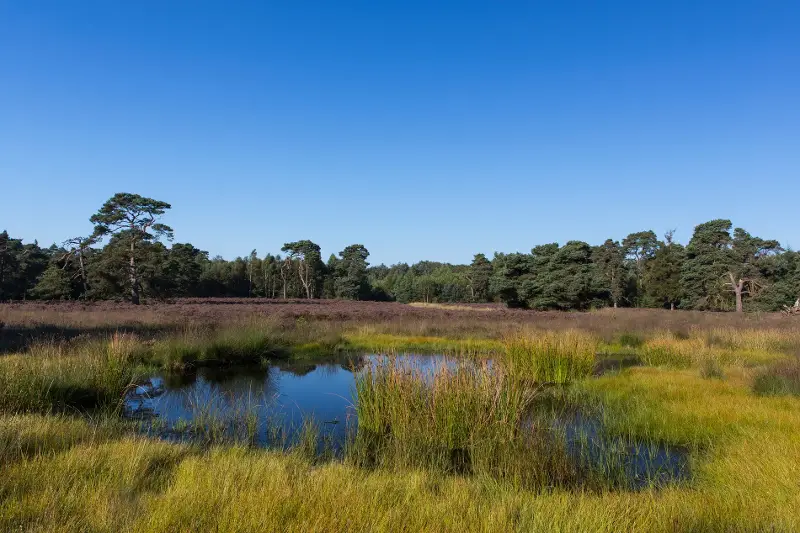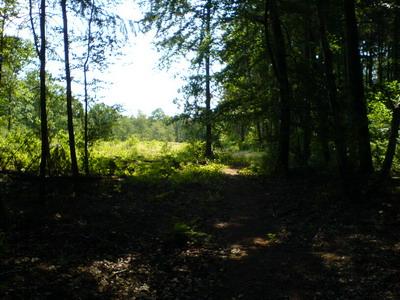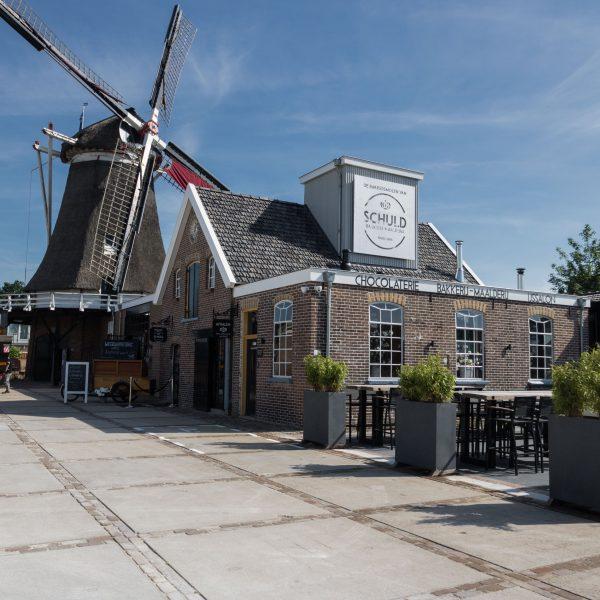The memory of the Second World War in ‘t Harde is now mainly determined by a striking grave monument on the Eperweg. Clearly visible on the provincial road, a name and a person are remembered.
‘t Harde and Hoge Enk in wartime
The memory of the Second World War in ‘t Harde is now mainly determined by a striking grave monument on the Eperweg. A name and a person are remembered clearly visible on the provincial road. Many drive past it every day. Shortly after the war, a simple memorial was erected for an Allied soldier, Theodore H. (Ted) Bachenheimer, who was shot dead by German soldiers on October 22, 1944. Not much was known about the victim at that time. The monument was modified in later years. Once a year on May 4, people gather here to commemorate the dead, especially Theodore Bachenheimer. Behind the name of this German American lies a special life story.
Escape routes over the Rhine
After Operation Market Garden, several hundred Allied soldiers ended up in occupied territory and went into hiding. With the help of resistance groups, allied secret services set up two escape routes. One route, Operation Windmill via De Wildt farm near Zoelen, failed. Theodore H. (Ted) Bachenheimer, among others, was involved in that action. The other route, Operation Pegasus I via Renkum, was a success.
Operation Windmill
From the already liberated North Brabant, Peter Baker and Ted Bachenheimer, a British intelligence officer and an American paratrooper, arrived at the De Wildt farm near Zoelen around October 12, 1944. They were responsible for setting up Operation Windmill, an escape route for Allied Airbornes stranded after the failure of Operation Market Garden. Via Amerongen one would cross the Lower Rhine to reach the De Wildt farm via numerous shortcuts. From there they could be transferred to the already liberated south at Echteld de Waal. Things went wrong on October 16, 1944. The German Security Service arrested the residents of the De Wildt farm. Baker and Bachenheimer were also arrested. Fekko Ebbens, the fruit grower and owner of the De Wildt farm, was shot in retaliation on November 14, 1944 in Renswoude.
Operation Market Garden
On Sunday, September 17, 1944, Theodore Bachenheimer took part in Operation Market Garden. Theodore jumped down with the 504th in the area of Overasselt, south of Nijmegen. The regiment’s mission was to capture the Maas Bridge near Grave. Once again Bachenheimer showed his daring and courage. Theodore went by bicycle towards Nijmegen, the city that was still in German hands at that time. Bachenheimer reported that same day to the headquarters of the Order Service (OD), an important resistance group in Nijmegen. At the urging of the OD commander, Bachenheimer took over leadership of the group. He sent patrols into the city, asked for intelligence, interrogated prisoners and passed on intelligence to his own headquarters. On September 19, the group of OD men succeeded in eliminating about forty Germans and taking the station into Allied hands. On September 20, Theodore Bachenheimer took part in an operation to cross the Waal. However, for reasons unknown, he returned to his headquarters shortly afterwards. However, Theodore continued unabated with his military activities, including daring explorations.
Windmill Line
During this period, Theodore Bachenheimer met Captain Peter Baker, a British intelligence officer, and his deputy Pringle Dunn. Both men were deeply impressed by Bachenheimer’s courageous activities. They asked Bachenheimer for support. Baker’s unit was involved in, among other things, escapes and the flight of Allied soldiers from enemy territory. After Operation Market Garden, two operations were set up by this unit. Baker and Bachenheimer were deployed for one of these actions, namely Operation Windmill. Their main task was to organize the so-called Windmill Line in order to allow Allied soldiers to escape.
Ebbens Farm
On the night of October 11 to 12, 1944, Baker made the crossing over the Waal near Tiel. Bachenheimer followed a night later. Both found shelter with the fruit grower and resistance fighter Fekko Ebbens (1912-1944) in the village of Drumpt. Bachenheimer and Baker were careless and took a walk through the village during the day in plain clothes. Presumably they were noticed by a traitor. Ebbens’ farm had already attracted the attention of the Security Service. During the night of October 15 to 16, Ebbens’ farm was surrounded. The Germans entered through a trick and arrested ten people, including Baker and Bachenheimer. They were surprised in their sleep. After their uniforms were found, Baker and Bachenheimer were separated from the others and taken to Tiel. The next day, the detainees were transported to a village near ‘s-Hertogenbosch. There, Baker and Bachenheimer were interrogated for hours. Operation Windmill was immediately stopped afterwards. After the disappearance of this escape route, a new route was developed. This was named Pegasus.
Captivity and flight
On October 18, 1944, Baker and Bachenheimer were transferred to a prisoner of war camp in Culemborg. From this camp the pair had to walk to the Amersfoort prison camp. After a short stay in Amersfoort, Baker and Bachenheimer were deported to Fallingbostel on October 21, 1944. During this transport, Theodore Bachenheimer, together with three British paratroopers, managed to escape from the train between Harderwijk and Nunspeet. Bachenheimer chose his own path. A day later, on October 22, 1944, the Germans managed to arrest him again. According to an eyewitness report, there was a fight around nine o’clock that evening, after which Bachenheimer again attempted to flee. Shortly afterwards he was killed by two shots. The next day, Theodore Bachenheimer’s body was found. The identification tag found and some documents indicated that the victim was Theodore H. Bachenheimer.
Cemeteries
On October 23, 1944, Theodore Bachenheimer was buried at the De Eekelenburg cemetery in Oldebroek. In April 1946, his remains were reburied at the American military cemetery in Neuville-en-Condroz (south of Liège) in Belgium. Three years later – in April 1949 – Theodore Bachenheimer was given his very last resting place at the Beth Olam Jewish Cemetery in Hollywood.
Source:
William of Norel. Elburg and surrounding areas in wartime 1940-1945. Memorial book. Raalte, 2020.
- Category:
- Landmark
- Outdoor recreation
Address and contact
Eperweg
't Harde
